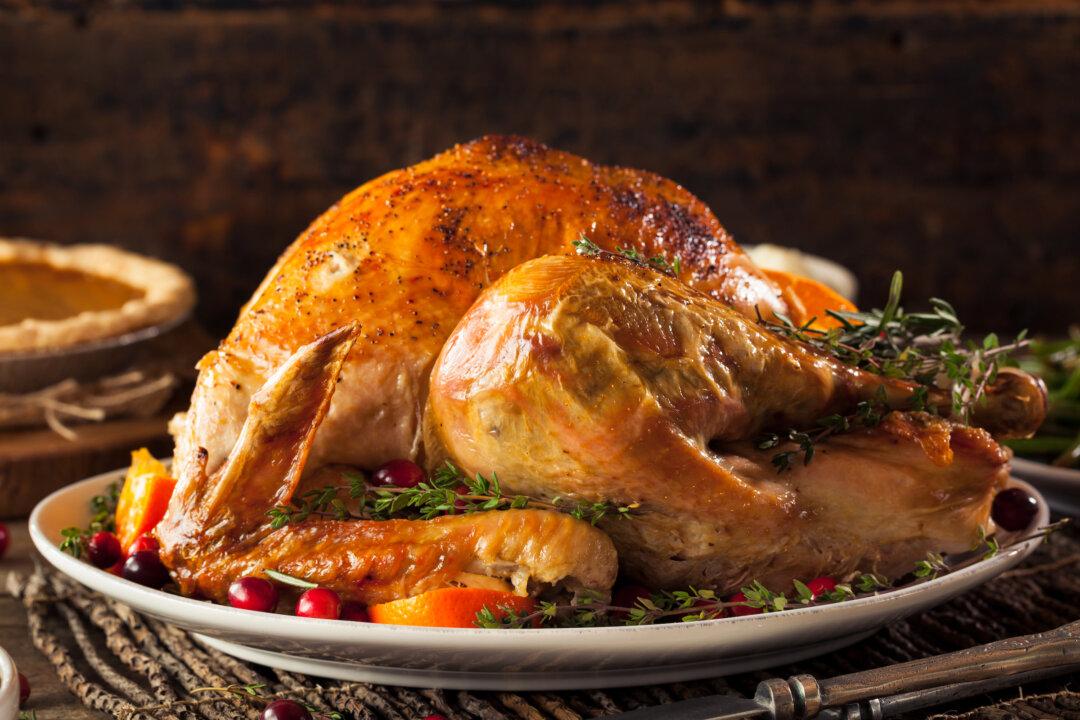For Chris Shepherd, the James Beard Award-winning chef and owner of Houston’s Underbelly Hospitality, food is the ultimate icebreaker.
“Food is the first thing that you can talk about,” he said. “You don’t have to get political, you don’t have to get religious. When it comes down to, ‘How did you cook this chicken?’ that’s a pretty simple thing to do.”






